
Basilica Cistern |

Basilica Cistern |
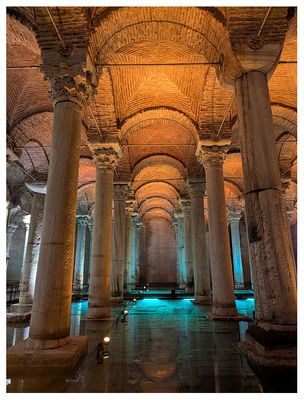
Basilica Cistern |
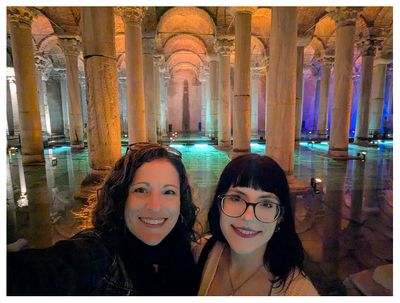
Basilica Cistern |
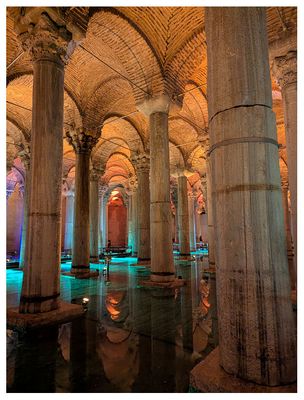
Basilica Cistern |
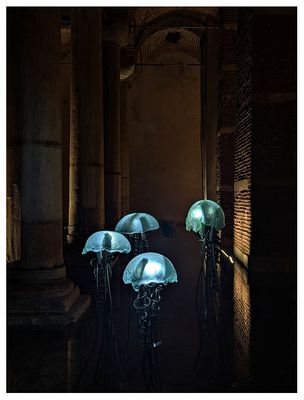
Basilica Cistern: Jellyfish Art Installation |
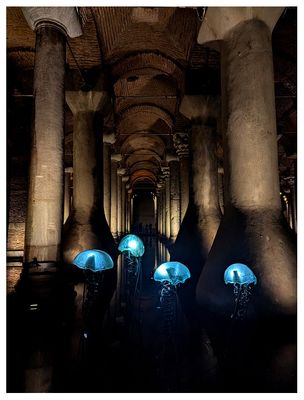
Basilica Cistern: Jellyfish Art Installation |
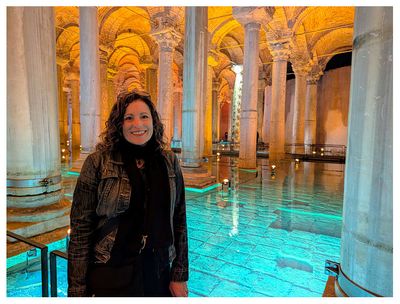
Basilica Cistern |
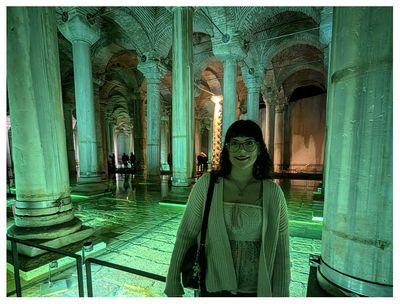
Basilica Cistern |
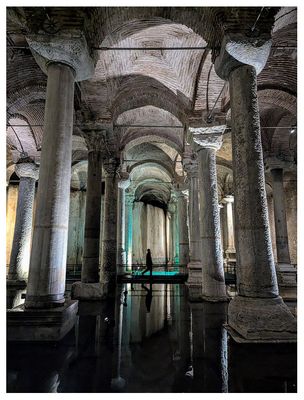
Basilica Cistern |
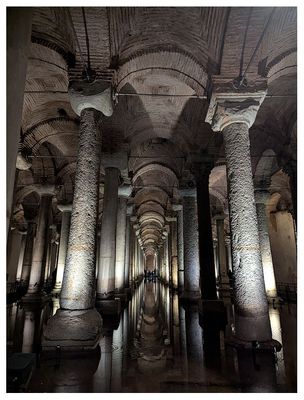
Basilica Cistern |
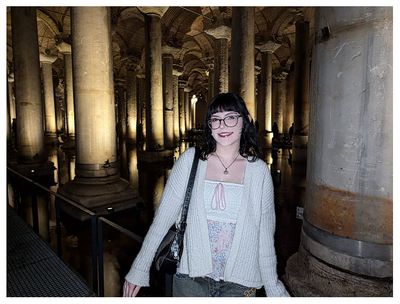
Basilica Cistern |
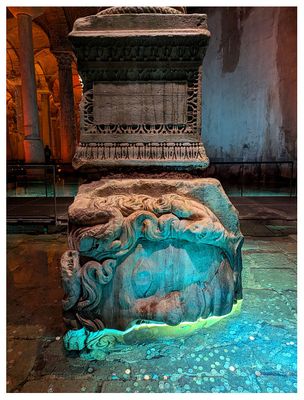
Basilica Cistern: Medusa Head |
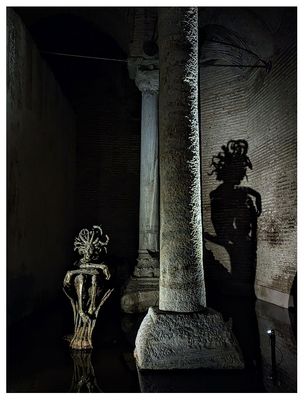
Basilica Cistern: Seclusion |
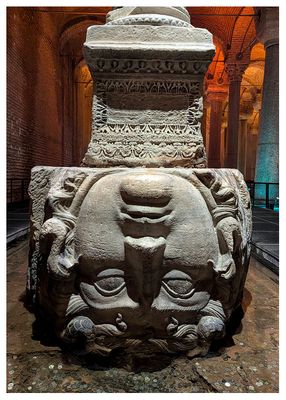
Basilica Cistern: Medusa Head |
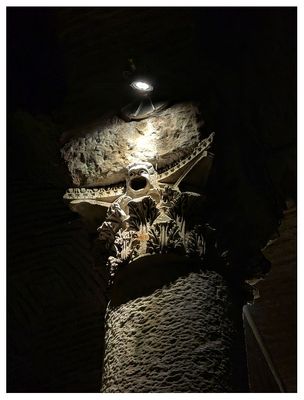
Basilica Cistern |
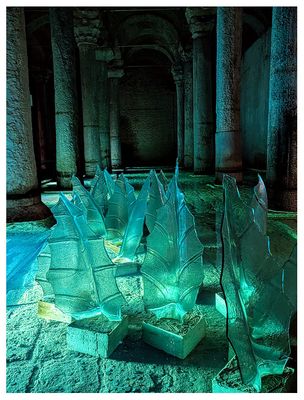
Basilica Cistern: Glass Leaves |
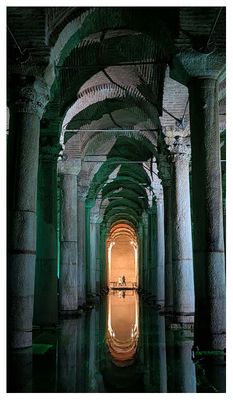
Basilica Cistern |
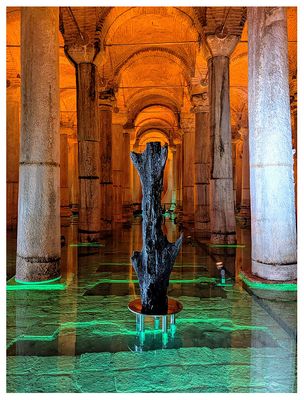
Basilica Cistern: Art Installation |
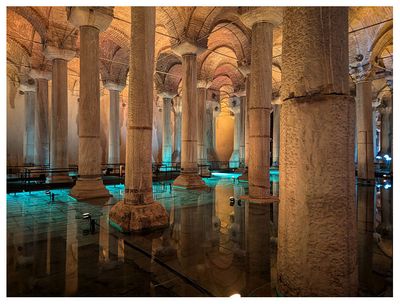
Basilica Cistern |
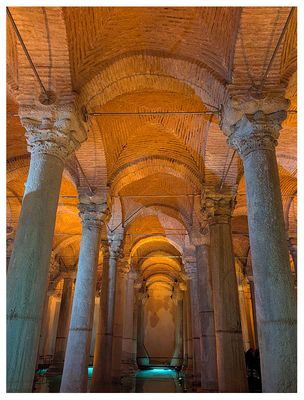
Basilica Cistern |
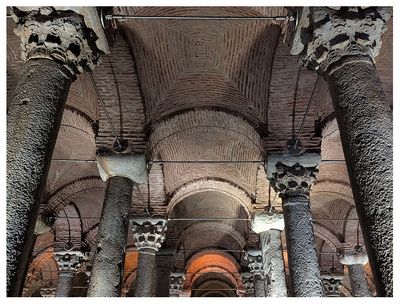
Basilica Cistern |
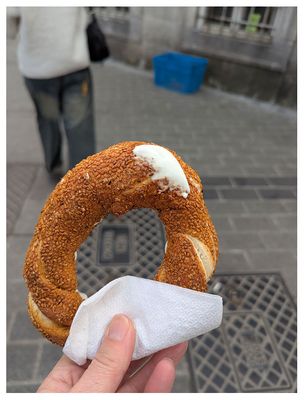
Simit |
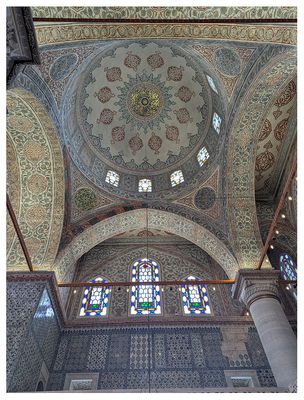
Blue Mosque |
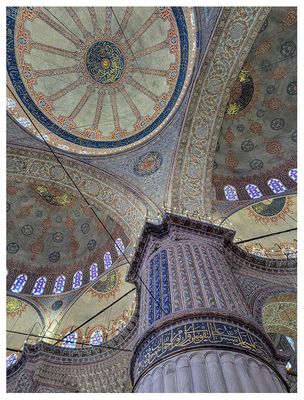
Blue Mosque |
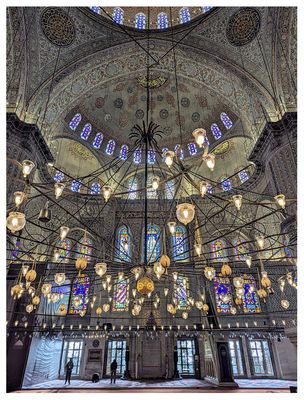
Blue Mosque |

Blue Mosque |

Blue Mosque |

Blue Mosque |
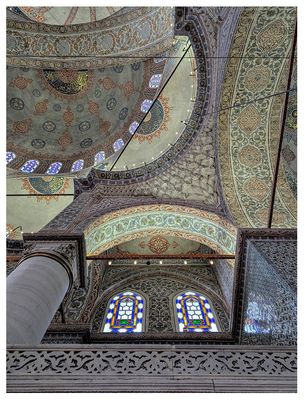
Blue Mosque |
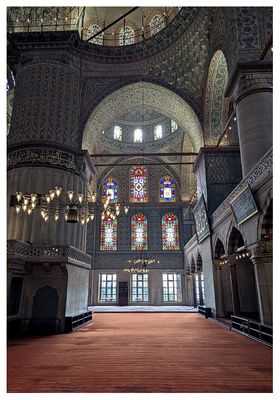
Blue Mosque |

Blue Mosque |
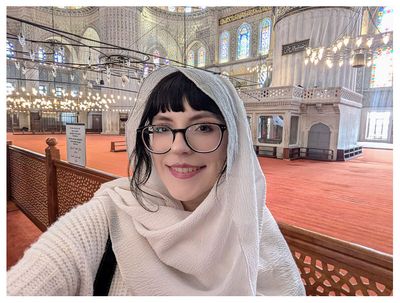
Blue Mosque |
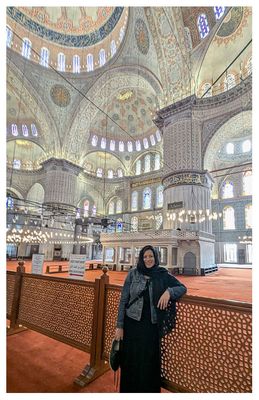
Blue Mosque |
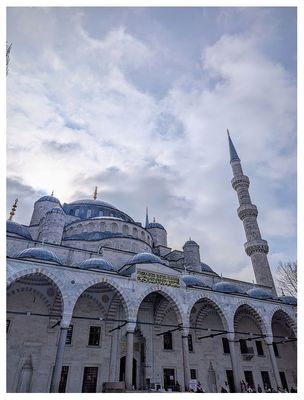
Blue Mosque |
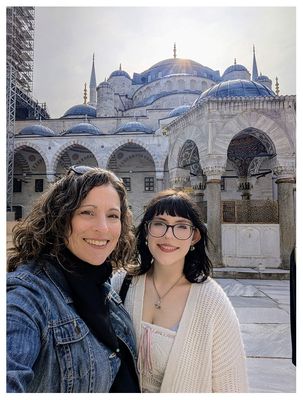
Blue Mosque |

Blue Mosque |
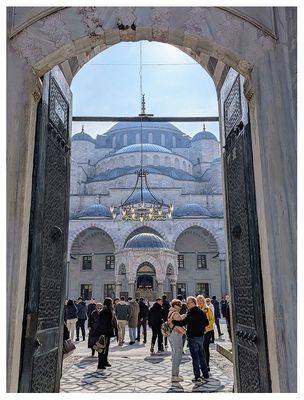
Blue Mosque |
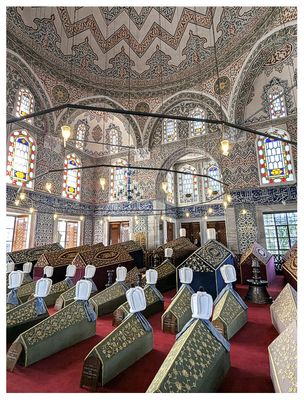
Tomb of Sultan Ahmet I |
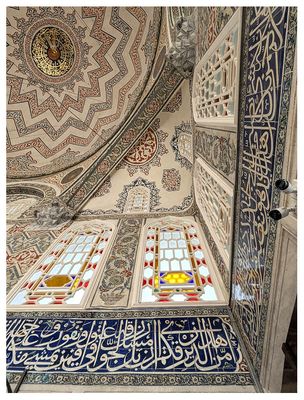
Tomb of Sultan Ahmet I |
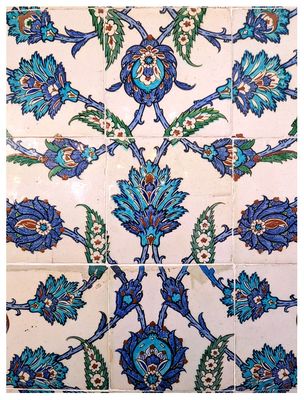
Tomb of Sultan Ahmet I |
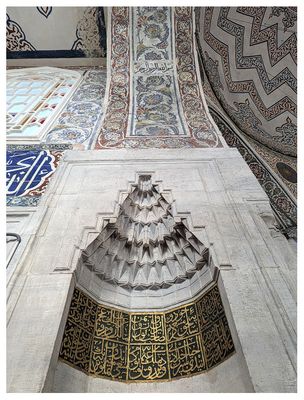
Tomb of Sultan Ahmet I |
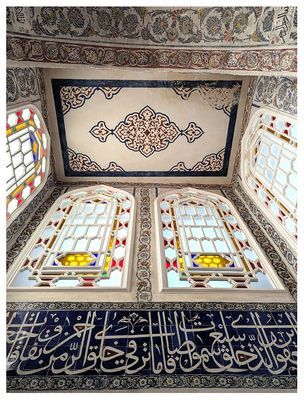
Tomb of Sultan Ahmet I |

Tomb of Sultan Ahmet I |
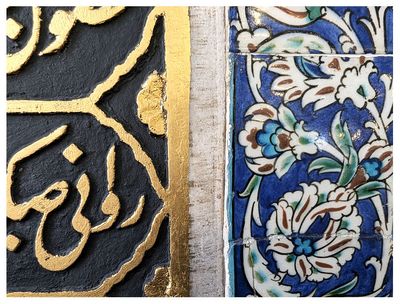
Tomb of Sultan Ahmet I |
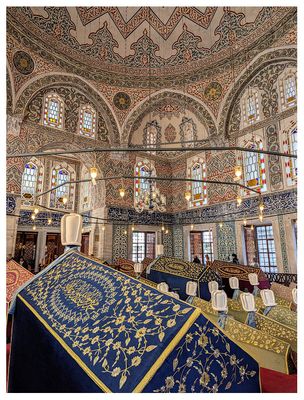
Tomb of Sultan Ahmet I |
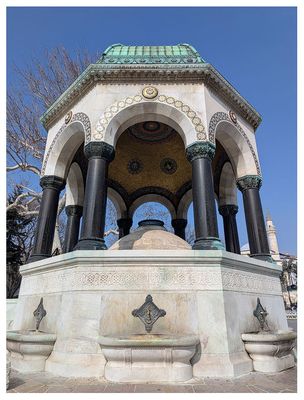
Hippodrome Of Constantinople: German Fountain |
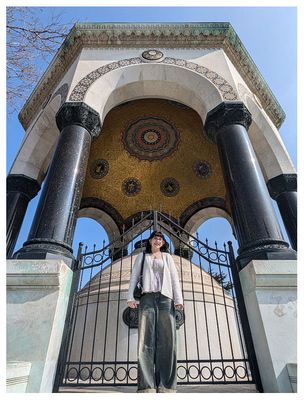
Hippodrome Of Constantinople: German Fountain |
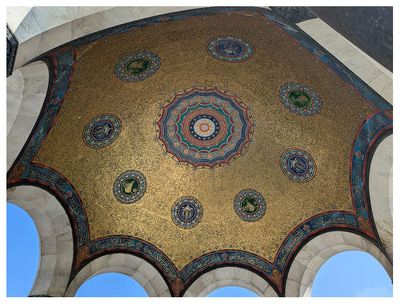
Hippodrome Of Constantinople: German Fountain |
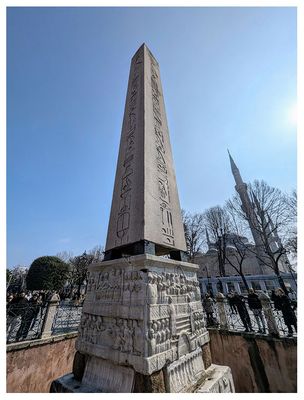
Hippodrome Of Constantinople: Egyptian Obelisk |

Hippodrome Of Constantinople: Egyptian Obelisk |

Hippodrome Of Constantinople: Egyptian Obelisk |

Hippodrome Of Constantinople: Serpent Column and Obelisk of Theodosius |

Hippodrome Of Constantinople: Obelisk of Theodosius |
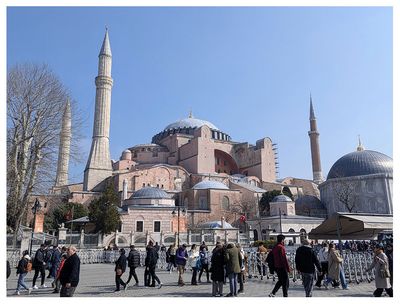
Hagia Sophia |

Hocapasa Pidecisi |
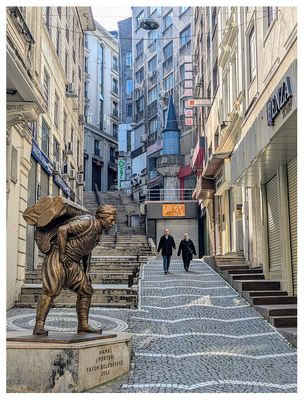
Hamal Statue in Fatih District |
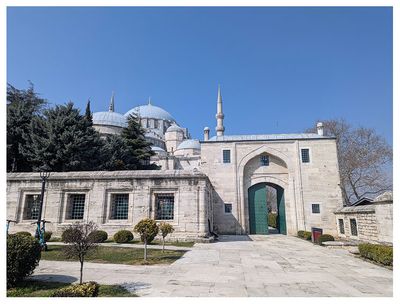
Gate to Süleymaniye Mosque |

Gate to Süleymaniye Mosque |

Süleymaniye Mosque |
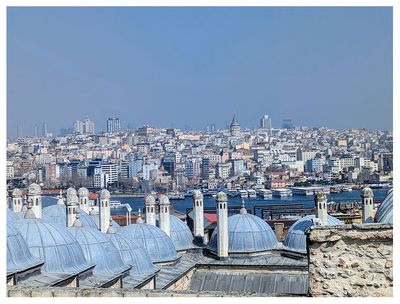
Istanbul view |

Istanbul view |
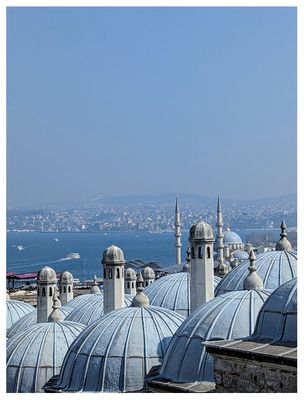
Istanbul view |
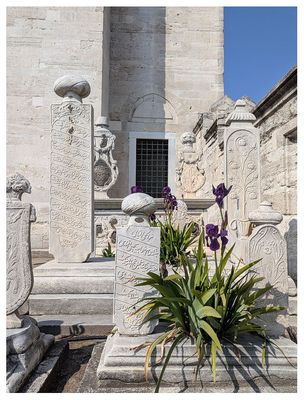
Süleymaniye Mosque cemetery |
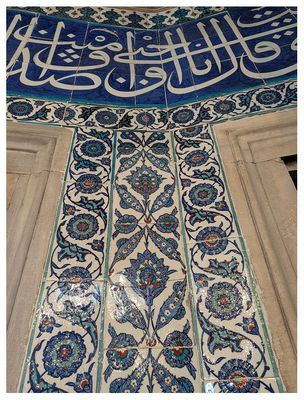
Mausoleum of Sultan Suleyman the Magnificent |

Mausoleum of Sultan Suleyman the Magnificent |
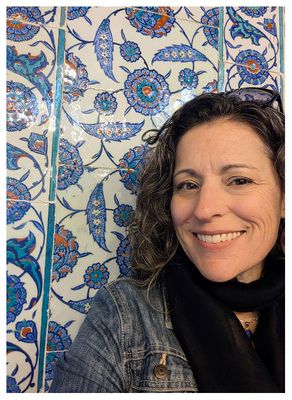
Iznik tiles |
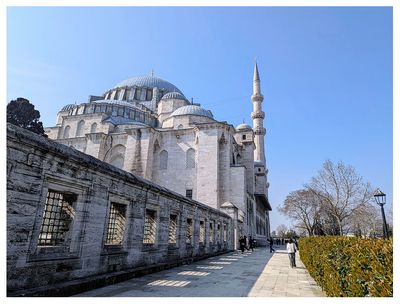
Süleymaniye Mosque |
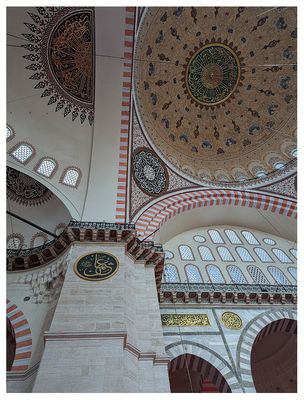
Süleymaniye Mosque |

Süleymaniye Mosque |
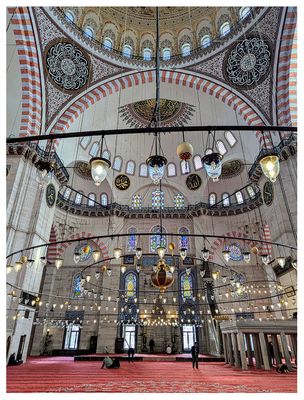
Süleymaniye Mosque |
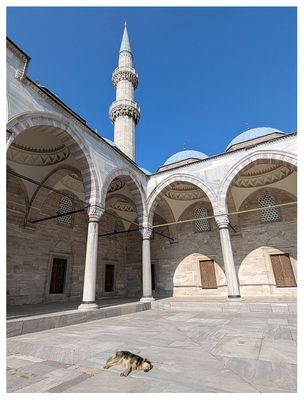
Napping in the courtyard |
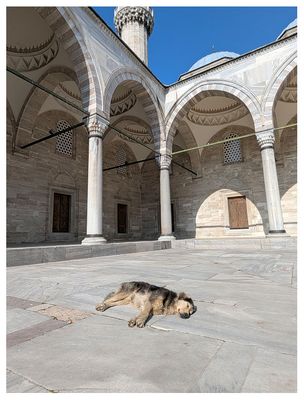
Napping in the courtyard |

Süleymaniye Mosque |
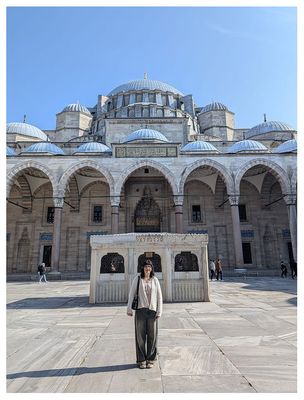
Süleymaniye Mosque |
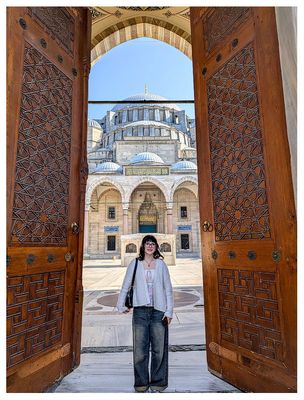
Süleymaniye Mosque |
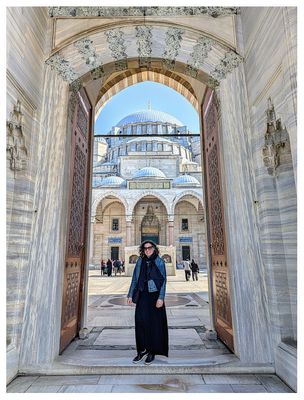
Süleymaniye Mosque |
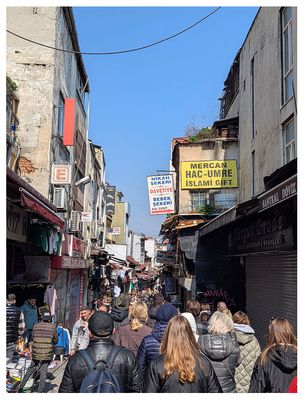
On the way to the Spice Market |

Spice Market entrance |
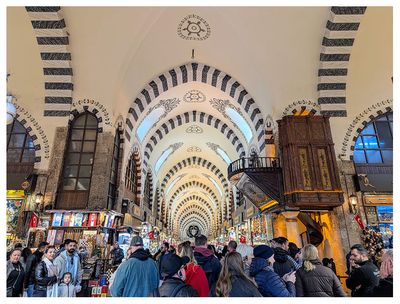
The Spice Market |
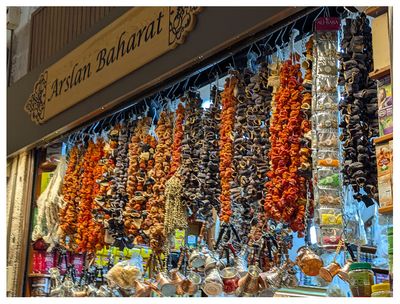
The Spice Market |
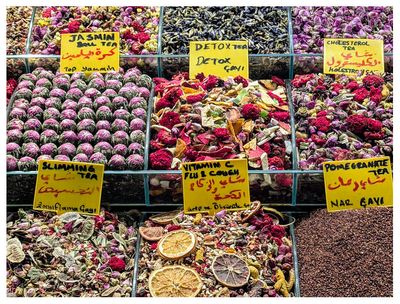
The Spice Market |
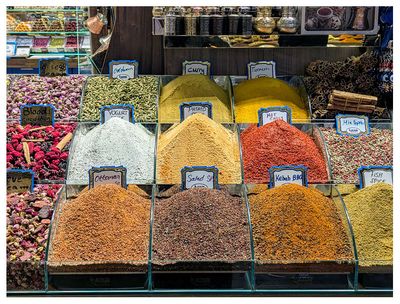
The Spice Market |
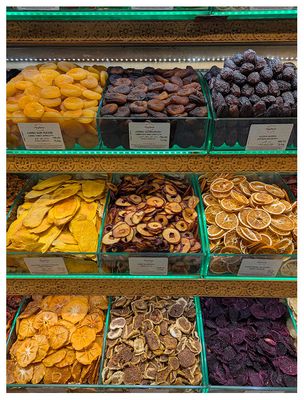
The Spice Market |
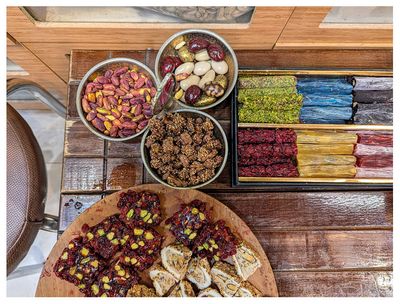
The Spice Market |
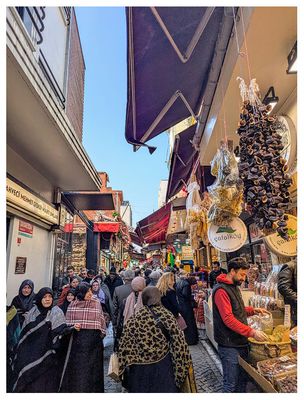
The Spice Market |

The Spice Market |

The Spice Market |
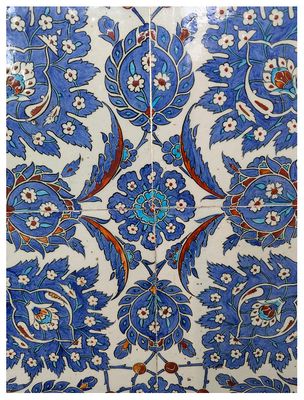
Rüstem Pasha Mosque |
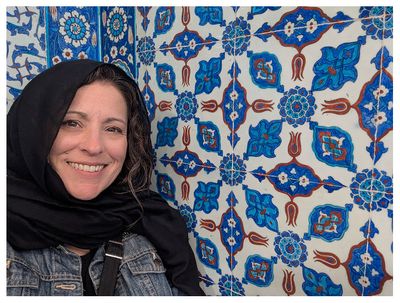
Rüstem Pasha Mosque |

Rüstem Pasha Mosque |
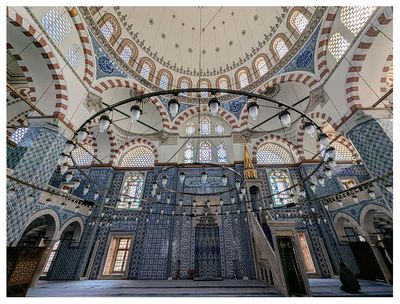
Rüstem Pasha Mosque |
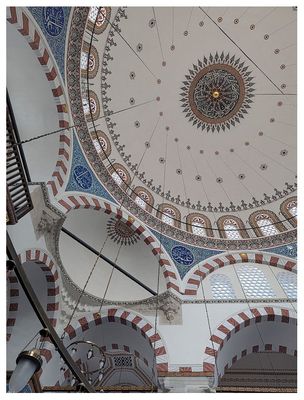
Rüstem Pasha Mosque |
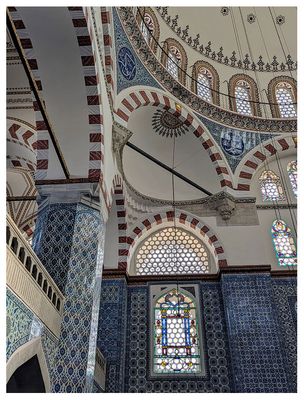
Rüstem Pasha Mosque |
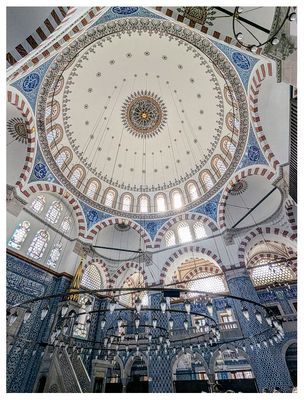
Rüstem Pasha Mosque |
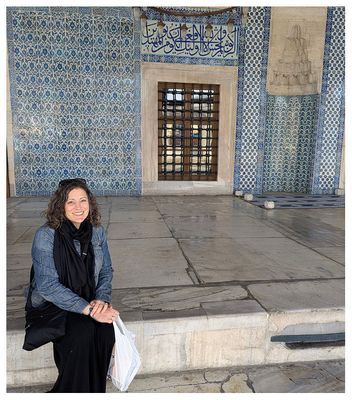
Rüstem Pasha Mosque |
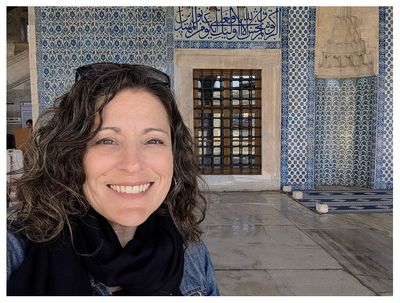
Rüstem Pasha Mosque |
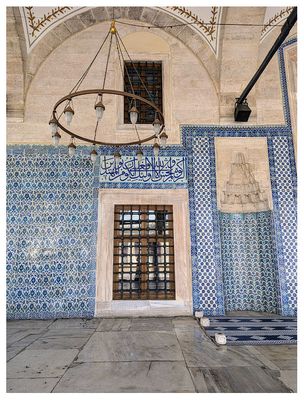
Rüstem Pasha Mosque |
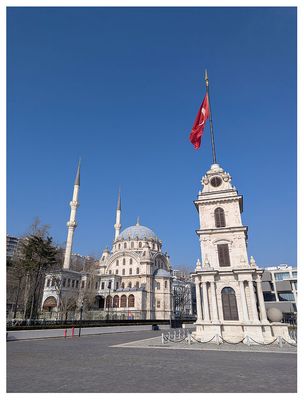
Nusretiye Mosque and Clock Tower |

Istanbul Modern |
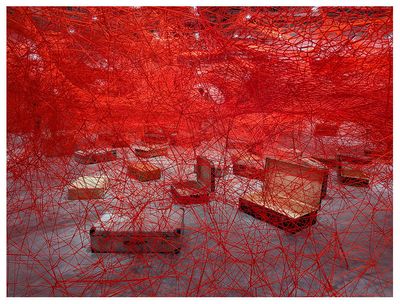
Between Worlds by Chiharu Shiota |
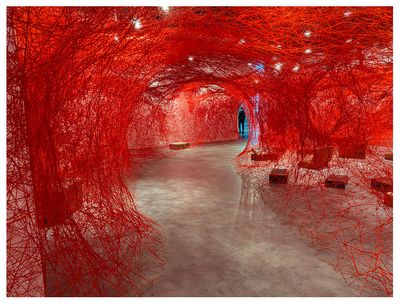
Between Worlds by Chiharu Shiota |
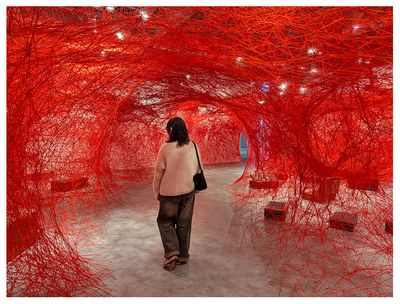
Between Worlds by Chiharu Shiota |

Between Worlds by Chiharu Shiota |
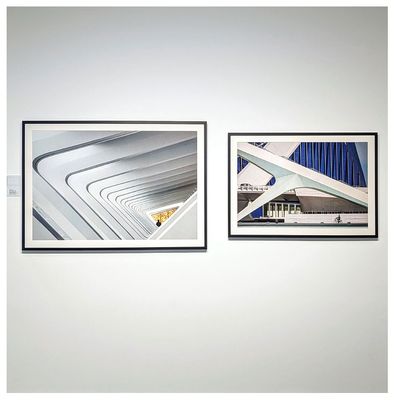
Izzet Keribar photography |
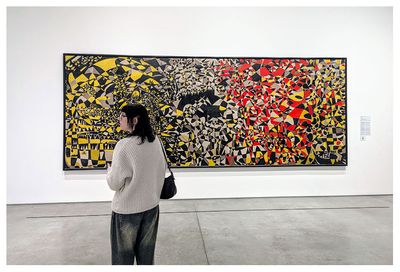
My Hell by Fahrelnissa Zeid |

Crossing Through the Dark by Albert Bitran |
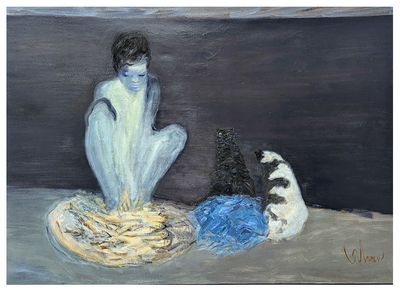
Fisherman Boy and Cats by Orhan Peker |

The Landscape of Silence by Azade Koker |
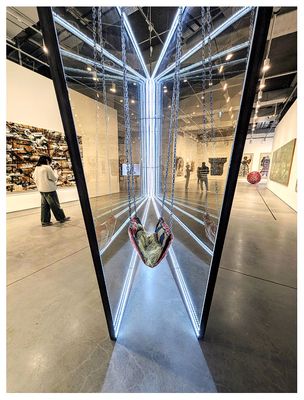
Istanbul Modern |
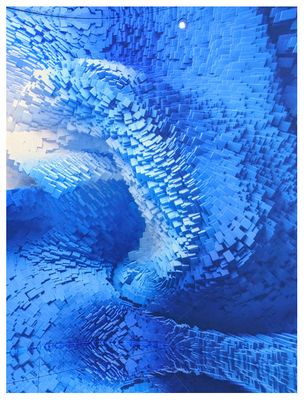
Infinity Room: Bosphorus by Refik Andol |
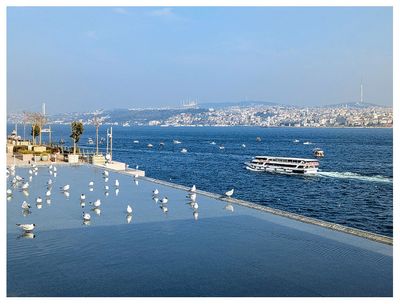
Istanbul Modern rooftop |

Istanbul Modern rooftop |

Istanbul Modern rooftop |
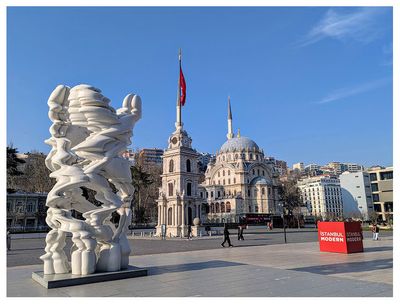
Istanbul Modern |
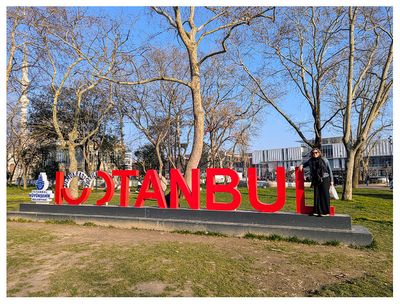
Galataport |
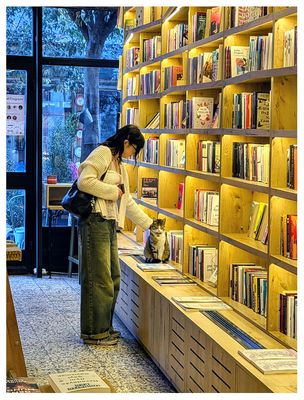
Frankestayn Kitabevi-Bookstore & Cafe |
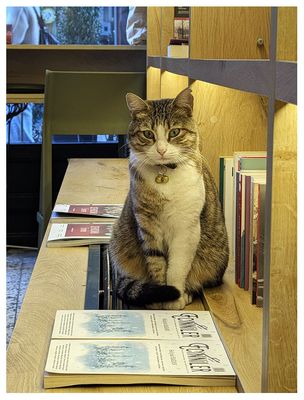
Frankestayn Kitabevi-Bookstore & Cafe |
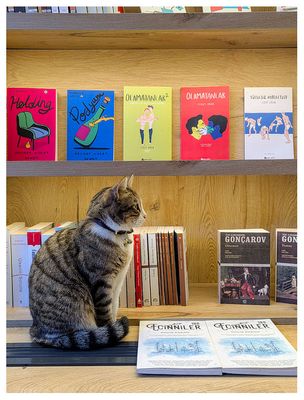
Frankestayn Kitabevi-Bookstore & Cafe |
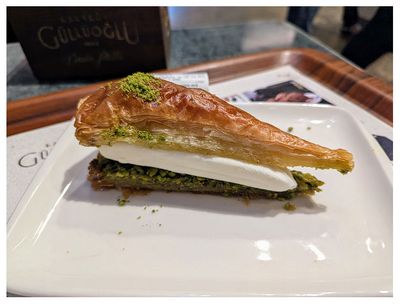
Karaköy Güllüoglu: "Carrot slice" with ice cream |

Karaköy Güllüoglu baklava |
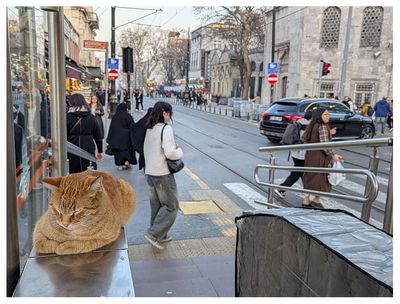
Ticket inspector |
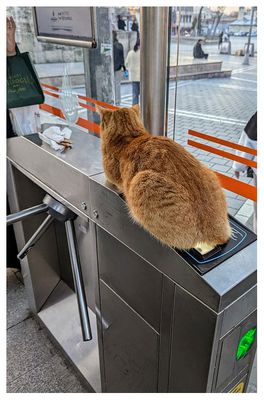
Ticket inspector |











